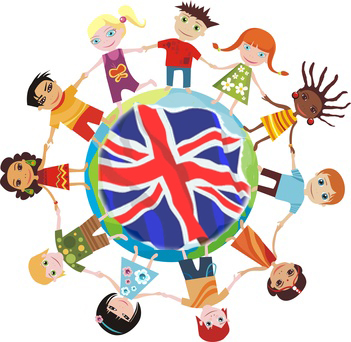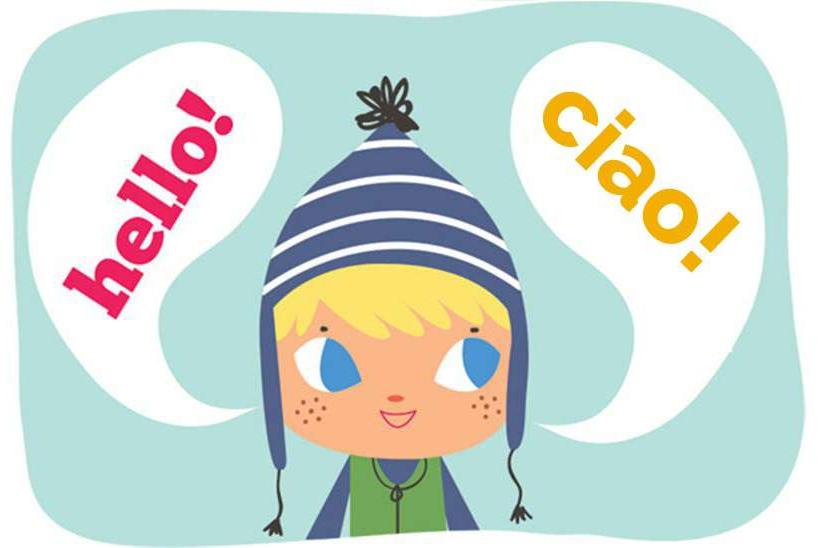THE COURSE PROJECT
Our innovative Bilingual Project is an exclusive possibility to stimulate the innate and natural learning of English from childhood. The Bilingual Course, launched in the 2020-2021 school year, is created with the idea of merging our notable Italian culture and the necessary English language, in the awareness that languages can be learnt in a fun and spontaneous way from a very young age, with far-reaching and long-lasting outcomes. Qualified English and Italian educators transmit their language and their culture into a great project of stimulating and inspiring activities and proposals, based on an accurate teaching program full of creativity and regard towards the psycho-physical development of every child. Thanks to concrete and practical experiences, guided and engaged by the educators, children are led to discover, to observe, and to implement everything they learn. Every day our teachers and educators provide a cheerful, warm and attentive atmosphere that encourages pupils’ natural curiosity and innate confidence in their inborn skills and abilities. In this way, a perfect place for learning is offered by the pleasing and stimulating environment; up-to-date and light-filled classrooms, open spaces, art labs, a big school garden and various outdoor activity areas. Our program is both challenging and gratifying, and its goal is to prepare young men and women who are self-confident and able to face any challenge they meet in the new modern world that expects them.

OUR DAILY SCHEDULE
This project aims to allow learning English in an inborn and straightforward way through a three-hour educational path (from 9.30 a.m. to 12.30 a.m.) offered by an English and an Italian educator in various sections for children from 3 to 5 years old. In our procedure, both languages live together without confusion, enriching the child’s cultural background, leading it to a reality that meets diversity and combines with them. Both English and Italian educators collaborate during the daily project activities. In the morning, they are engaged in welcoming children and work in heterogeneous groups with activities, both in English and in Italian, that complete and reinforce the general macro-planning of the Preschool. In the afternoon, pupils attend laboratory activities, such as music, theatre, gymnastic, outdoor games, guided by their mother tongue Italian teachers.
OUR APPROACH
The purpose of our Bilingual Course is to bring the child closer, through a linguistic tool different from the Italian language, to listen, repeat and memorize words, songs and nursery rhymes with correct pronunciation and intonation; answer and ask, execute and give simple communicative commands. The educational and didactic aim is centered on the skills of listening, understanding and appropriation of meanings. In particular, our innovative Bilingual Project follows the Total Physical Response (TPR) approach: a language teaching method built around the coordination of speech and action; it consists of teaching language through physical (motor) activity. Every child has to be an active protagonist of his learning and, by exploiting his innate aptitude to socialize and to interact, he is encouraged to use English to communicate thanks to motivating activities and responding to linguistic stimuli even with his own body.


BILINGUALISM ADVANTAGES
Bilingualism is not just the ability to speak two languages, but it is a more open and intercultural way of thinking as well. Learning two or more languages is so much more than a pure superficial understanding of each. Bilingual children, when likened to their monolingual peers, manifest greater problem-solving abilities and better decision-making skills. They also may have a superior ability to focus on one thing and change their response, easily indicating “cognitive flexibility.” Both traits require self-control, a very desirable trait in the early childhood classroom as well as in life. To understand the effects of bilingualism, one must begin by understanding that the brain is perfectly capable of managing two or more languages at the same time from birth. Bilingual children often innately understand the workings of a language and learn to master it on their own. Moreover, they tend to choose which language to use in depending on who they are speaking to, which means they apprehend that other people may see things from a different perspective than their own. Further, it has been proved that bilingualism allows intensified the ability to multitask more quickly.
BUT DID YOU KNOW THAT ...?
The effects of bilingualism are particularly crucial even in adulthood: in fact, it can delay cognitive decline (both regular and pathological) during the old age. Elderly bilingual people indeed retain more resistant cognitive skills than their monolingual peers, and bilingual adults are usually more prone to experimentation and action in new contexts.
